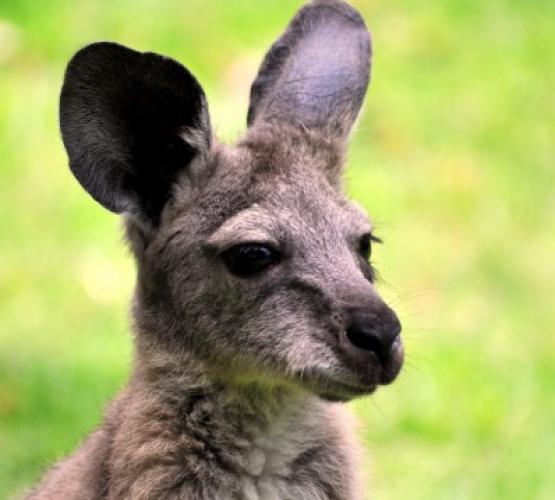- +61 8 9248 1984
-
WHITEMAN
13.0℃

Macropus robustus
Least Concern
The common wallaroo's diet is herbivorous and consists mostly of soft-textured grasses, shrub foliage, and coarse tussock grasses.
They can be found on steep escarpments, rocky hills or stony rises; areas where caves, overhanging rocks and ledges provide shelter and relief from extreme heat and high temperatures.
Common Wallaroo’s are very widespread over most of Australia; there is just a small area in the south-west of Western Australia and the south-east corner where they are not found. The Common Wallaroo is essentially solitary, with the density of the population appearing to be governed by the amount of available shelter and proximity to feed & water. They can breed all year round, but reproduction is reduced in times of drought and may cease if drought is prolonged. Average Gestation is 34 days, and average pouch life is 8½ months. Mature males commonly attain twice the weight of mature females and are usually darker in colour.